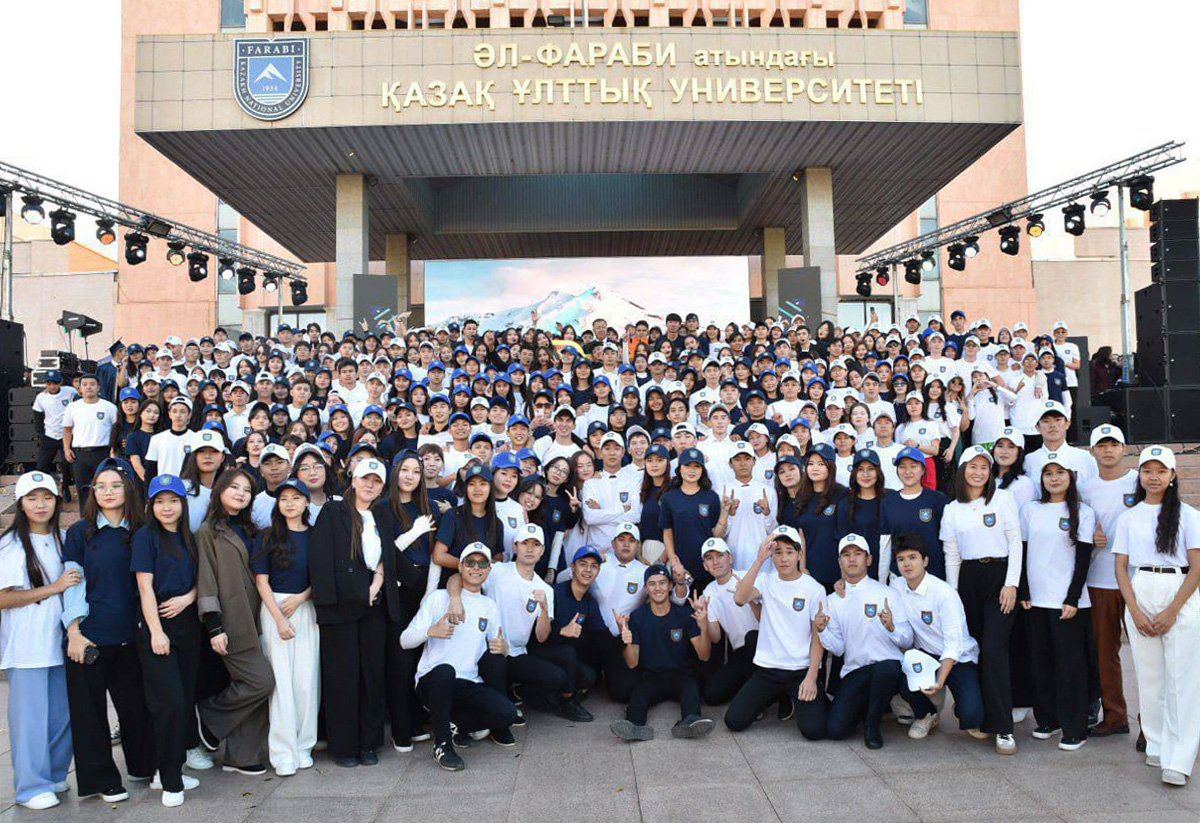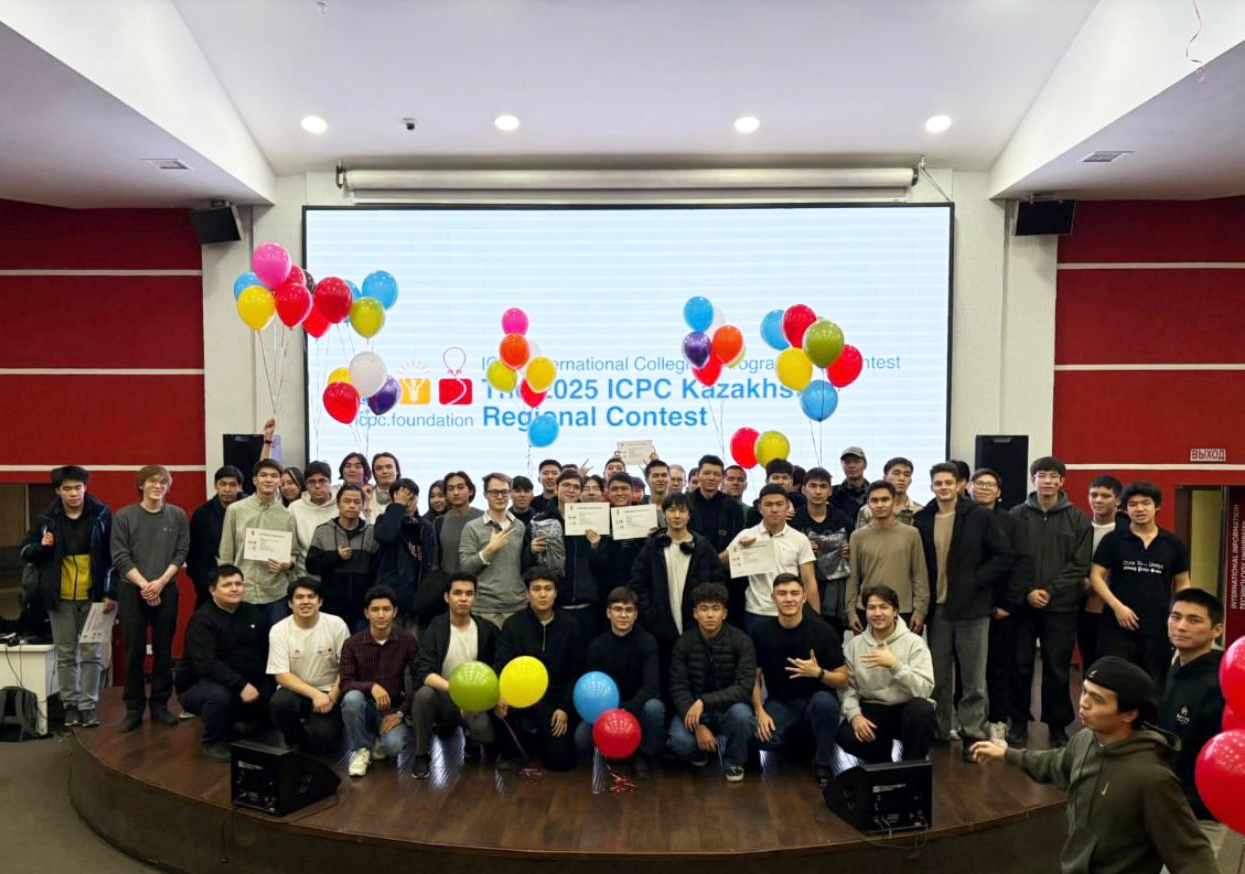The History of the Foreign Language Chair

The Chair of Foreign Languages officially became a separate al-Farabi University structure in 1959. The first head of the Chair was Yefim Moiseyevich Shvartsman. The teaching staff comprised mainly graduates from the Institutes of Foreign Languages in Moscow, Leningrad, Kiev, Minsk, and later, from Ablai Khan University, previously known as Alma-Ata Institute of Foreign Languages.
In 1968, the department was split into separate foreign language departments for the natural sciences and humanities faculties.
The faculty members of the foreign language department for natural sciences taught three languages - English, German, and French - to students studying Chemistry, Mechanics and Mathematics, Biology, Geography, and Physics.
The Department of Foreign Languages was a close-knit team of like-minded people who loved their profession and their students. Like today, the teachers of the department wrote methodical works, gave open lessons, held methodical seminars, participated in university conferences, actively organized pedagogical events with students, improved their methodical and linguistic qualifications, and so on.
At that time in the Soviet Union the improvement of teachers' qualifications was one of the overriding principles of the educational system, and accordingly every five years the teachers of foreign languages attended four-month courses of improvement of their qualifications in the central universities of the Soviet Union; in Moscow, in Leningrad, in Minsk, etc.. It was an excellent practice, because teachers came back from these courses with new ideas and techniques for effective foreign language teaching, which they shared with their colleagues in the department.
During the Soviet era, the goals of foreign language study as a subject in the curriculum of Kazakhstan's higher education institutions were somewhat different from those of today. Since the goal always reflects the needs of society at a certain stage of its development and always corresponds to the social order of the Soviet period . Foreign language teachers were not tasked with developing students' communicative skills in a foreign language. In the university foreign language study program, the goal of foreign language teaching was as follows: to teach students the ability to read and translate original literature so that they would be able to extract the necessary information for work in the chosen specialty, and to develop oral language skills within the topics covered during the semester.
During the first two years of studies, we utilized Berlin and Bonk's textbooks to teach reading, pronunciation, and intonation, as well as to learn grammar and build the vocabulary. The curriculum for those years was focused on General English. In the third and fourth years, students read and translated specialized texts and completed numerous assignments known as "thousands". For each lesson, students were required to translate 5,000 “signs” of subject-specific text and 3,000 “signs” of an article from "Moscow News," as part of their professionally oriented English language education.
This course is now known as "Professionally Oriented Foreign Language." During that time period, there were serious issues with educational literature, so students used old issues of "Moscow News" received from Moscow after long delays. I recall a curious incident related to the "Moskovskie Novosti" newspaper. A column's width in this newspaper was equivalent to the width of one Soviet ruble. Students gauged "thousands" by the length of this bill. Placing one ruble banknote on the column of a Moscow News article represented 1,000 alphabetic characters of the newspaper text. Three ruble corresponded to three thousand characters.
Considerable attention was paid to the development of students' translation skills, mainly from English to Russian. There was no "Google" at that time, and students sometimes reached a high level of mastery in translation, especially in translation of texts in their specialty, and some capable students, literally, immediately read the English text in Russian; in modern language they would be qualified as interpreters-synchronists.
During the Soviet era, Kazakh department students faced a disadvantage as "Foreign Language" was not included in the university curriculum. The curriculum only offered foreign language instruction for groups with Russian language instruction, leaving Kazakh students to study Russian. This was a significant negative impact of the Soviet period.
The absence of a "foreign language" subject in the Kazakh department's curriculum hindered its graduates from pursuing postgraduate studies. The aspirantura entrance exams required candidates to pass exams in "Foreign language," "Philosophy," and their specialty. However, there were no courses available for learning foreign languages at that time. Learning a foreign language independently posed considerable difficulties; therefore, they had to study the language extensively before entering a postgraduate program, typically taking 2-3 years. The entrance examination to the postgraduate program included challenging components, such as reading and translating specialized texts, summarizing news articles, and engaging in an oral conversation on the topic of their future scientific work.
Today, the Chair of Foreign Languages continues the glorious traditions established by the founders of the chair. It should be emphasized that nowadays the aims and tasks of foreign language education have radically changed. This is because New Kazakhstan's society needs to educate a new wave of skilled, competitive professionals who are capable of independent decision-making, promoting collaboration, adjusting to evolving educational standards, and engaging in constructive dialogues with cultural counterparts. Additionally, professionals must assume responsibility for their country's future and contribute to its socio-economic advancement. Foreign language proficiency is one aspect of a specialist's professional competence. With changing times, foreign language educators are confronted with new and more intricate challenges that entail an extensive repositioning of their pedagogical approaches, methods, and subject matter selection. There needs to be a greater focus on the practical and personal-social facets of teaching foreign languages. It is vital to consider not only learners' potential for knowledge but also their capacity to apply it effectively. It is a laudable fact that nowadays there is a commendable increase in the number of students who study foreign languages with enthusiasm and dedication, year after year.
A.A. Muldagaliyeva,
Foreign language
department


